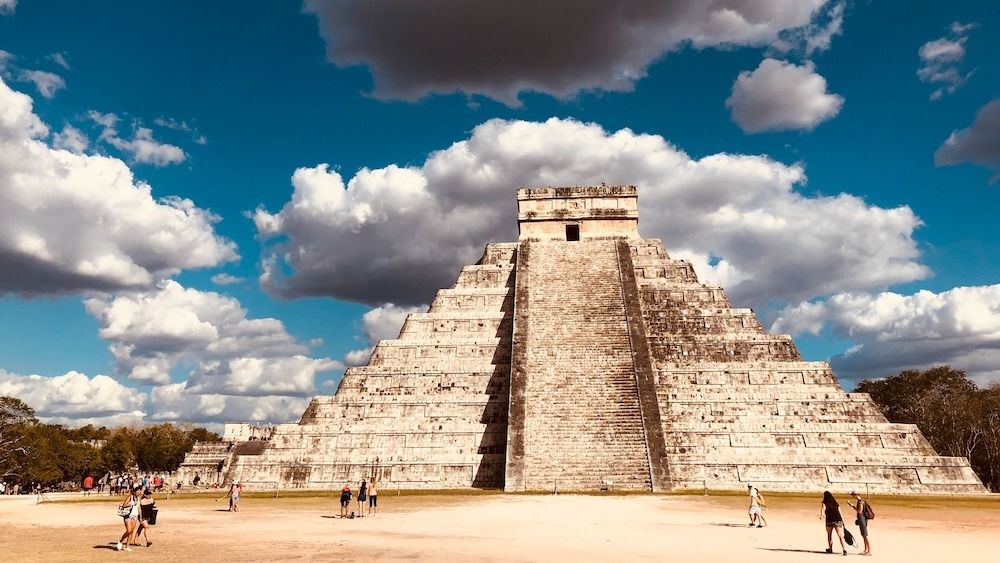A mass burial contains the remains of more than 100 individuals who were sacrificed as part of a series of ancient Maya rituals, a new study finds. Unusually, the remains were all from young boys, and they were buried over a 500-year period.
Archaeologists made the discovery after conducting DNA analyses on 64 of the skeletons, which were found in 1967 inside a chultun, or underground water storage chamber, at the Maya city of Chichén Itzá on Mexico’s Yucatán Peninsula. The researchers revealed their findings in a study published Wednesday (May 12) in the journal Nature.
Radiocarbon dating showed that the cistern was in use between the early seventh century and the mid-12th century, and the genetic analysis revealed that all of the individuals were boys, of whom a quarter were closely related. Researchers also discovered two sets of twins in the mass burial.
“Most of them were between 3 and 6 years old,” lead author Rodrigo Barquera, a postdoctoral researcher at Max Planck Institute for Evolutionary Anthropology in Germany, told Live Science. “Since many of the individuals were related to each other to some extent, that tells us that it’s probable that only specific families would have had access to this burial and that not just anyone could put their kids in there — it was a big honor.”
It is currently unclear how the boys buried there died.
Related: Traces of hallucinogenic plants and chile peppers found at Maya ball court suggest rituals took place there
“As we studied the bones, we didn’t find any signs of trauma, so they weren’t thrown into the chamber,” Barquera said, adding that further analysis could help them determine if they were poisoned.
Researchers found some characteristics of the burial surprising, as similar Maya burials typically contained either only young females or a mix of males and females, the latter of which was the case at a known burial called the Sacred Cenote, also at Chichén Itzá.
“Traditionally, burials associated with an underground environment are usually fertility offerings,” Barquera said. “But when we found that this burial was all male and that many of [the individuals] were related to each other, the narrative changed. Now we need to try to make sense of it.”
Barquera said that we may “never know” what the exact purpose of the burial was and that it’s possible the sacrifices could have been a plea to the gods for crop yields or for rainfall. However, one clue is the presence of the two twin burials.
“We do know that for the Maya, male twins were important and that there’s a story of the hero twins who went to the underworld to avenge their father,” Barquera said. “It’s possible this was a memorial to the hero twins.”
Lastly, the genetic analysis showed ancestral lineage between the sacrificed boys and present-day people who live in this region of Mexico, indicating that the individuals were from local communities. The modern-day populations had higher incidence of genes tied to resistance to Salmonella enterica than did the sacrificed children, supporting the hypothesis that epidemics introduced during the colonial period fueled the rise of these genes in the population, the study authors noted in the paper.
The researchers plan to conduct community outreach with locals to get new insight into their culture and heritage.
“We can learn so much from them,” Barquera said.











/https://tf-cmsv2-smithsonianmag-media.s3.amazonaws.com/filer_public/34/31/3431771d-41e2-4f97-aed2-c5f1df5295da/gettyimages-1441066266_web.jpg)








Discussion about this post